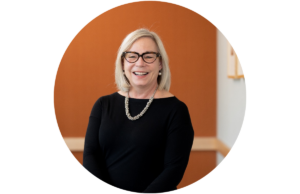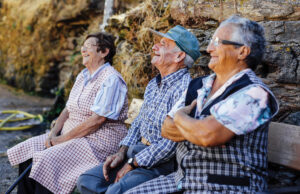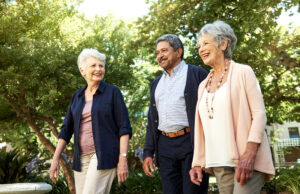Aging | Global Ageing News | Global Aging | November 17, 2016
The Case for Age-Friendly Communities
BY GlobalAgeing
By Robert Lagoyda
The movement toward age-friendly communities is growing, with the key impetus being population ageing. In the United States alone, the population of 65 and older has grown from 4.1 percent in 1900 to 14.5 percent in 2015. By 2020, it is expected to increase to 16.1 percent, and by 2050, to 20 percent—which amounts to one in five Americans who are 65 and older.
Medical, public health, and technological advancements have led to increased longevity, with the years added extending middle age—the period when people are most productive and creative—rather than lengthening extreme old age. Beyond what individuals themselves can do to age optimally, the movement to create communities that are age friendly focuses on how the economic, physical, and social environments can be improved to address not only the needs but also maximize the assets of an ageing population, for the benefit of all.
An age-friendly community is one that is a great place to grow up and grow old. It has safe and accessible public transportation options; affordable, accessible, and safe housing; pleasant and safe parks and outdoor spaces; quality community and health services; sufficient employment and volunteer opportunities; and engaging social activities and events for people of all ages. The needs and preferences of older adults are taken into account. Older adults are respected, and their knowledge, skills, resources, and contributions are sought out. They are integrated into the fabric of the community.
The reasons why creating an age-friendly community makes good sense, economically and socially, were presented at a session at the recent U.S. LeadingAge Annual Meeting in Indianapolis, Indiana. These reasons – supported by research conducted by academicians, government agencies, nonprofit organizations, and corporations – are based largely on two key premises:
-
Unlike most natural resources, older adults are a growing resource. Thus, population ageing presents a set of opportunities, if handled well.
-
An “age-friendly” community can benefit people of all ages and abilities.
Business leaders and private sector investors, government officials and staff, philanthropists, educators, civic groups, advocacy organizations, service organizations and providers, and residents themselves can use the information presented to take advantage of the resource that older adults represent and shape places that work not only for residents who are older now but also for residents across the life course. Reasons for creating an age-friendly community can be categorized in four broad areas: 1)economic benefits, 2)social capital benefits, 3)opportunities related to innovations in housing and physical infrastructure, and 4) health and other benefits.
At this LeadingAge session, Professor Margaret Neal, Director, Institute on Aging, Portland State University School of Community Health, in Portland, Oregon, gave a formal presentation on findings from her research on this topic, followed by panel discussion comprised of a diverse panel of aging services providers on their experiences being involved in the age-friendly movement, including the many benefits and increased quality of life that age-friendly communities provide to a wide range of older persons. The discussion, moderated by IAHSA Education Manager Bob Lagoyda, featured: Amy Schectman, President/CEO, Jewish Community Housing for the Elderly, located in Boston, Massachusetts; Steve Ordahl, Senior Vice President of Business Development, Ecumen, headquartered in Shoreview, Minnesota; and Marvin Kaiser, CEO. Mary’s Woods, at Maryhurst, In Lake Oswego, Oregon.
Professor Neal’s full report can be found here.

Recently Added
Translate »




